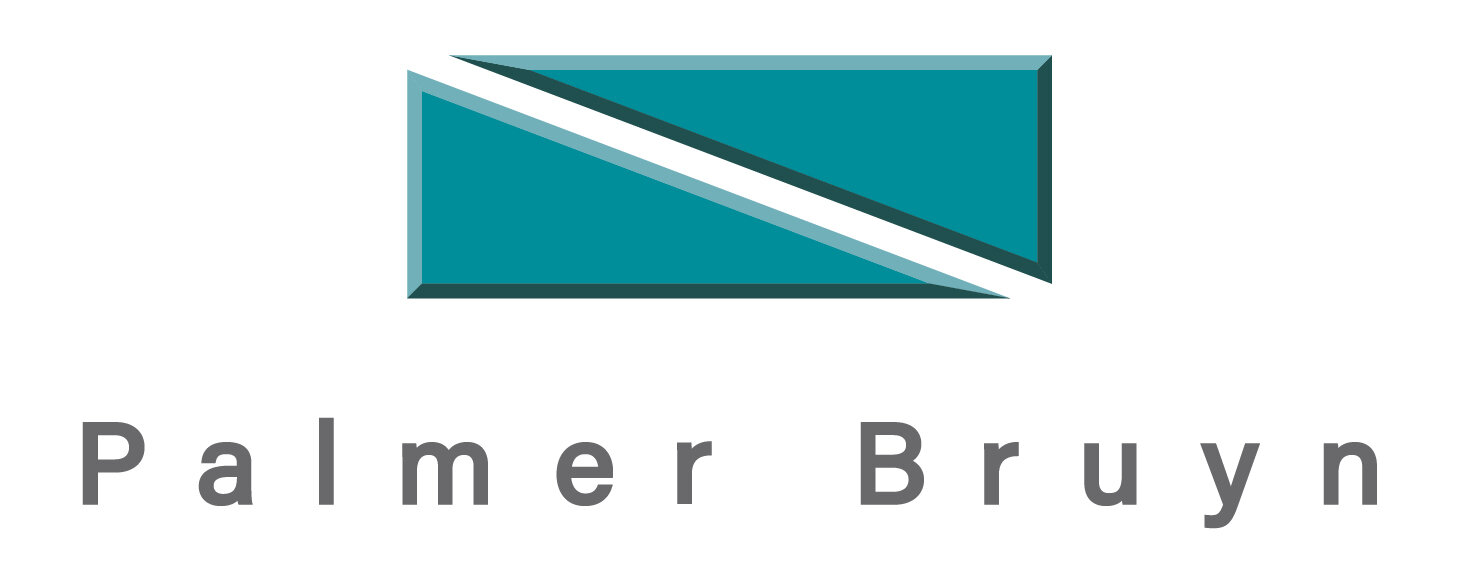Follow the Finland solution and give people homes
Homelessness in Australia rose 14 per cent in five years between the 2011 census and 2016 census. The Australian Bureau of Statistics says of the more than 116,000 people with no permanent home, at least 43,500 of them are aged under 25. ABS figures also show homelessness rates in the Hunter are up by 12 per cent, with about 6000 people on the waiting list for social housing and thousands more experiencing housing stress.
Newcastle Lions Club is involved with projects providing housing for women and children escaping violence in the home and we see first-hand “there is no room at the inn”. NSW has about 60,000 people on the public housing waiting list, yet less than 1 per cent of private rental properties in greater Sydney and surrounds are affordable for people on low incomes.
If you think all those figures are alarming, consider the UK, where homelessness has increased by 134 per cent since 2010. Then consider Finland, where homelessness has fallen by 35 per cent over the same period. The Finnish government is aiming to abolish homelessness altogether. Finland’s “solution” is to give homes to the homeless. Its “housing first” program “takes housing as a basic human right”, rather than being conditional on engaging in services for addictions or mental health.
For sceptics who believe people need an incentive before a handout, the evidence from Finland and other pilot programs, according to a report in The Guardian online on March 14, suggests otherwise. The basic finding is that it is more cost-effective to end homelessness than to “manage” it. When people are given homes, homelessness is radically reduced. A home, and the stability that comes with it, is preferable to progressing the homeless through various stages of transitional accommodation. The permanency of a home allows them to better solve health and social conditions.
Finland is the only European country where homelessness has decreased in recent years. Adopting housing first as a national policy has been crucial. In Australia, a coalition of housing and homelessness peak bodies has launched a national campaign Everybody’s Home. Among other things, Everybody’s Home is seeking 500,000 new social and affordable housing dwellings over 10 years. Proper housing options are clearly the key, and if Finland’s “solution” were to be attempted in Australia, or the Hunter, it would involve more housing supply. Housing first-style programs need housing stock.
Whichever way you look at it, parts of our housing system are broken, and there is no real homeless policy, especially without the housing supply to implement it. But there are solutions. Adding to the stock of housing will create more affordable homes, and this can be achieved, in part, through reforms to the approval system for medium density, which come into effect in NSW in July.
The NSW government has expanded the operation of the State Environmental Planning Policy Exempt and Complying Development to include a Medium Density Approval Code. This new code will open the way for significantly more affordable housing into a tight market. Safe and secure housing provides the platform for children to attend school, adults to work, people to be healthy and communities to thrive. More needs to be done to make it affordable. A large measure of this can be medium density approved under the new code.
Chris McNaughton is a Lions club member and works at Newcastle surveying firm Palmer Bruyn.

